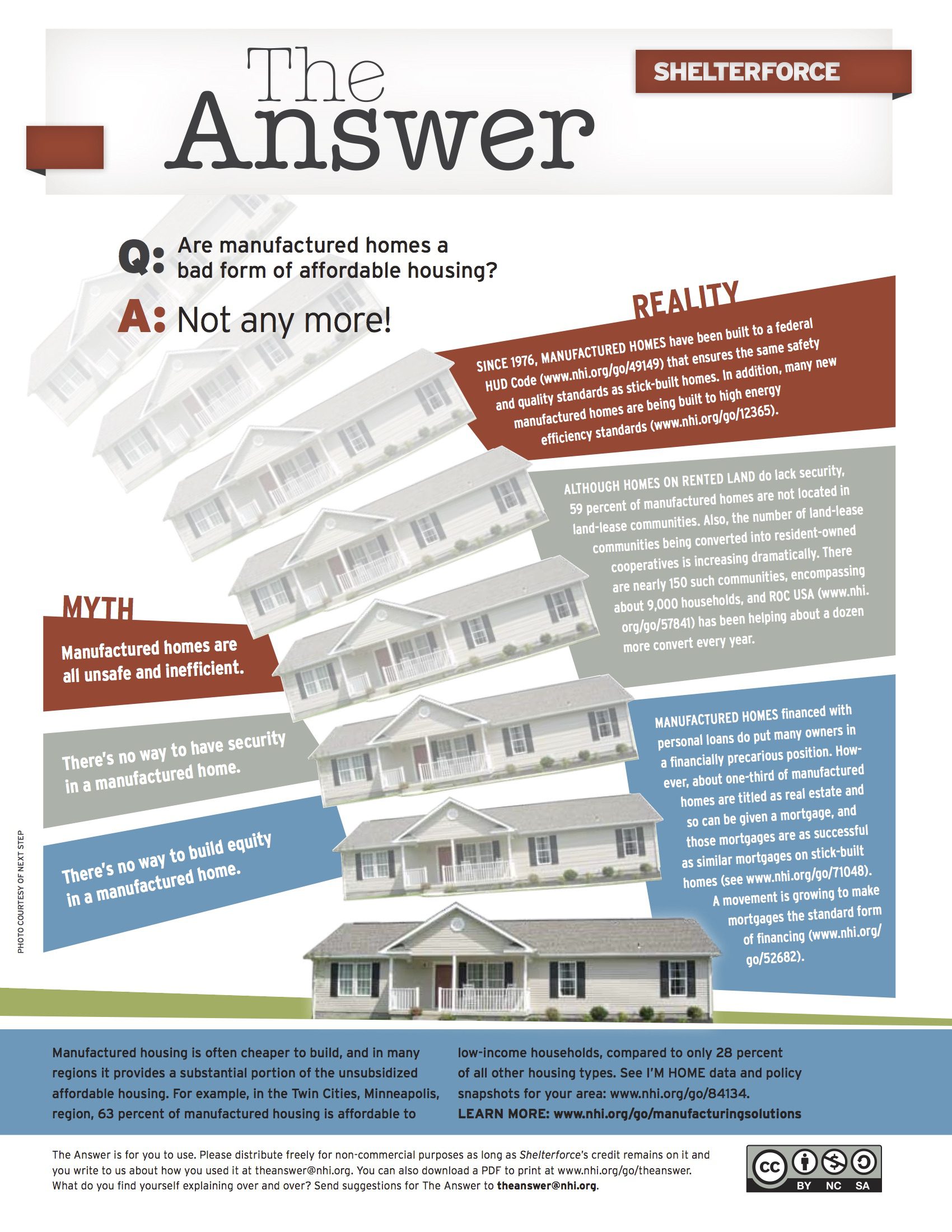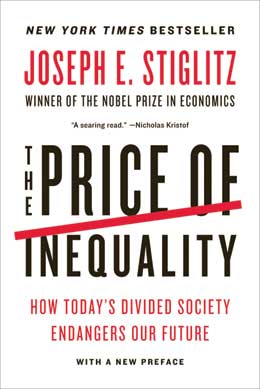
Photo © istockphoto.com/retrorocket
Let us for a moment imagine ourselves as impact investors who invest in social enterprises that provide training and jobs for people from disadvantaged communities. We believe that by supporting organizations offering marketable skills and meaningful jobs to needy individuals, we may empower them to be self-sufficient and more broadly, contribute to building stronger and more stable communities. We have invested in a portfolio of community-based businesses. Some offer attractive returns, others have low profit margins; some hire all workers from our target beneficiary group, others hire from a mix of populations; some invest heavily in apprenticeship and mentoring, others provide only basic on-the-job training.
As impact investors, we have a number of questions to explore, but the most fundamental ones are:
- How can we credibly demonstrate social and environmental impact in conjunction with financial performance?
- How do we account for the combined financial, social and environmental value of this portfolio?
These questions stem from the need to manage investments not simply on the premise of maximizing financial returns, but also on the delivery of a stated social or environmental mission. Impact investments generate blended value and one cannot understand the multiple aspects of performance and outcomes without the ability to capture both financial and extra-financial (social and environmental) returns.
While there is broad agreement in principle that we need extra-financial performance measurement, when it comes to practice, many investors are puzzled about how to start, which tools to select, and what data can be used. Many newcomers to the topic are also confused by the alphabet soup of terms, while others can be overwhelmed by evaluators’ jargon.
Let’s walk through some of the available tools and see how they would apply to our hypothetical jobs-focused portfolio to get a better sense of what role each tool plays in measuring extra-financial returns.
The Tools
Impact Reporting and Investing Standards (IRIS) is an initiative of the Global Impact Investing Network (GIIN), a membership organization “dedicated to increasing the scale and effectiveness of impact investing.” It provides standardized definitions for social, environmental, and financial metrics. With our focus on job creation, one metric we might be interested in is whether the businesses we invest in hire from low-income areas. Answering that question, and comparing different businesses’ success at it, requires a consistent understanding of what defines a job, what type of job counts (full-time or part-time), what time period is relevant, and what a “low-income area” is. That consistent understanding is what IRIS tries to provide, generating a common vocabulary that can be the basis for collecting consistent performance data.
The full IRIS catalogue, now with more than 400 metrics with standarized definitions, is a regularly updated and expanded resource from which investors can select metrics for performance measurement and management. IRIS users have to decide on their own a set of metrics based on their business activities, impact objectives, and stakeholder requirements. In our case, for example, we want to ensure that our social enterprises meet certain financial and social goals. From the IRIS catalogue, we can select a handful of financial metrics, such as earned revenue and net income, and social indicators, such as jobs created, total training hours, and total wages paid, to be tracked across the portfolio. We can also include metrics specific to individual investments and qualitative information based on our need and resource availability. Using IRIS directly is like using a dictionary, a self-driven process of exploring through the pages and studying the vocabulary.
There are also more analytical portfolio management and evaluation tools that build upon the foundation of IRIS definitions, such as the Global Impact Investing Rating System (GIIRS). Managed by B Lab, GIIRS evaluates social enterprises and impact investing funds based on rigorous performance standards for governance, treatment of workers, community, and environment, as well as the execution of their stated social and environmental objectives. The rating process can be initiated by the social enterprises themselves or through fund managers and investors. It starts with an assessment online and upon data verification by the B Lab team, the enterprises and fund managers being rated will receive a score out of 200 possible points and a ratings report with more detailed rating and benchmarking information.
A tool like GIIRS can be helpful for measuring impact in several ways. Since we are imagining a portfolio focused on jobs and workers, one of our core investment objectives would be to make an impact on workers. GIIRS includes a section assessing enterprises against recognized best practices on compensation and wages, worker benefits, occupational safety and health, and worker training. We might also want to know if our enterprises “walk their talk” and are really generating rewarding jobs in needy communities. The Impact Business Model section of the GIIRS assessment collects information that reveals whether enterprises indeed hire a high percentage of workers from chronically underemployed populations and whether there is an intentional training program for this target population and how intense this program is. In addition, we might want to identify high-performing enterprises that not only benefit their workers, but also demonstrate a healthy governance structure, active community engagement, and environmental stewardship. B Lab helps these exceptional enterprises become certified B Corporations, hence joining a community of nearly 800 leaders committed to lead others into a better way of doing business.
B Lab’s soon-to-be-launched analytics platform, called B Analytics, stores the data collected in GIIRS in one place and allows investors and fund managers to examine their portfolio’s impact from multiple perspectives. Through it we could track specific key performance indicators per investment or for the portfolio as a whole. We could weigh multiple performance criteria to determine what we think is the overall impact. We could benchmark our portfolio against similar ones and see if we are outperforming or underperforming. As the number of GIIRS users grow (currently close to 450 rated companies and 60 rated funds), we can also use the platform to search for potential mission-aligned investments. This is, in essence, a one-stop shop for collecting and managing data, analyzing performance, reporting to stakeholders and monitoring progress toward impact objectives.
Another rating methodology, called CARS, is similar to GIIRS but more specifically tailored for community development financial institutions (CDFIs). At present, CARS provides in-depth reports about the social impact performance and financial strength of more than 50 CDFIs. The organizations using GIIRS and CARS are all unique in many aspects, but a standard framework allows for a comparable way of reporting impact and provides a blueprint to improve performance.
While the above mentioned rating tools can be uniformly applied to the universe of enterprises, fund managers, and lending institutions, there are other tools like Success Measures, a project of NeighborWorks America, which specialize in measuring outcomes rather than interim steps or outputs. Since its inception in the late 1990s, Success Measures has developed a set of 122 indicators and 312 data collection instruments for the community development field. Each indicator or instrument is vetted through field-testing and reviewed by practitioners and researchers. In our example, we desire to know if the jobs we help to create are changing lives. Counting the number of jobs created (outputs) is insufficient for this evaluation question. We need to investigate the quality of these jobs, and ultimately the changes in income, self-confidence, sense of security, and social networks of those who get them (outcomes). Success Measures provides guidance on measuring these deeper and less tangible changes.
Clients of Success Measures include both community-based organizations and funders. Clients work with the Success Measures team in consulting sessions to tease out a theory of change and an outcome map, which describe how a set of interventions (inputs and activities) are related to desired outputs and outcomes. From there, they develop an evaluation approach that will provide useful information for refining strategy, identifying opportunities to grow, and demonstrating effectiveness to stakeholders. Funders and investors can also select a set of common outcome indicators and instruments across funded organizations targeting a similar topic or beneficiary group so they can track comparable results.
Flexibility is embedded in the Success Measures approach, even though it draws from a set of vetted measurement instruments and metrics. It recognizes that there is no one linear, standardized way to arrive at outcomes, and so there may not be one standardized way to evaluate them. Success Measures encourages using a mix of methods and metrics to triangulate on impact.
Last but not least, Social Returns on Investment (SROI) is a “blended value” measurement approach that brings together business and social analysis. First published by the Roberts Enterprise Development Fund (REDF) in 1996 (and later complemented with detailed methodology and sample reports in 2000), SROI is an accounting method that monetizes the economic benefits of a discrete set of outcomes generated by social enterprises. For instance, it creates a proxy for the value of creating jobs by estimating public savings on welfare spending, increased income tax collected from workers, and improved disposable income levels. It also considers economic value more holistically, looking beyond just conventional income statement items to the financial impact of subsidies, grants, and additional costs incurred for meeting a social mission. The result is an integrated set of metrics and cost-benefit ratios reflecting the effectiveness and efficiency of a social enterprise.
Only a Start
The above tools are different examples of how extra-financial returns and blended value may be defined, evaluated, and monetized. They are neither identical nor mutually exclusive. This list of tools is also not exhaustive. At the moment, most of these tools are designed for investors, with a view to increase the efficiency of their due diligence and portfolio analysis, as well as to more credibly demonstrate extra-financial impact together with financial performance. However, these tools are beneficial for entrepreneurs as well. They can serve as a blueprint for performance management (taking the GIIRS assessment); they can help enterprises to differentiate themselves from others (becoming a certified B Corporation); they can provide insights into whether interventions are delivered efficiently (conducting an SROI analysis); and they can help to triangulate on deeper changes (using outcome-focused tools from Success Measures).
Ultimately, measurement should be integrated into an organization’s business processes. It should start with first hashing out specific impact objectives, engaging with stakeholders, and determining what is most important for the organization’s mission. Clarifying these issues will help an organization select the tools that will be most helpful for its learning and growth. Metrics and tools are best applied when investors and practitioners find value in them, integrate them into decision-making, use them to test and revise their theory of change, and use them to keep themselves accountable to their blended business goals. As some would say, data does not simply reveal impact — it is a prerequisite for making real impact.






Comments